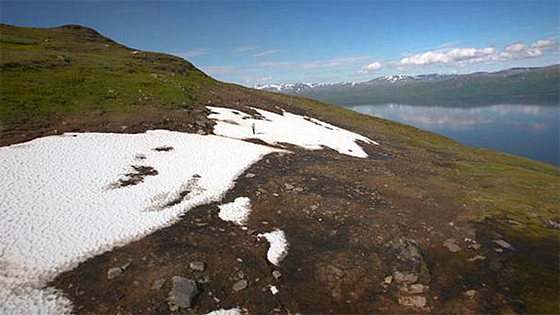Polar research warms up

Inside the Arctic Circle it’s thaw season, writes our correspondent Julian Lopez Gomez: “It’s a very short and ideal period for research in this extreme environment so scientists are studying the complex interaction between subarctic plants and their pollinators.”
“In other extreme environments, the more honey bees or bumblebees there are around, the more diversified the colours of flowers become; purple, pink, violet, blue, and many more colours,” explained biologist Hiroshi S Ishii from University of Toyama. “If main pollinators are just flies, for instance, colours of flowers tend to be more limited, mainly yellow or white.”
Related Country
Austria
Belgium
Bulgaria
Denmark
Estonia
Finland
France
Germany
Italy
Netherlands
Poland
Spain
Sweden
United Kingdom
Loading
Related H2020 sections
Related Research areas
Environment & climate action
Loading
